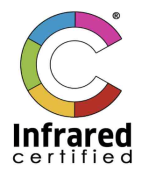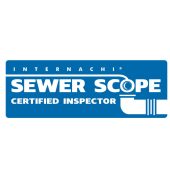During Your Inspection
Whether you are buying, selling or just maintaining your home getting a professional home inspector’s perspective is always a smart investment. This service is designed to protect your family’s safety and give you knowledge about potential repairs needed as well as proper care of the home. Your home inspection will be a non-invasive, visual inspection designed to reveal the condition of all readily accessible areas of the home at the time of the inspection. Our goal is to uncover any major issues that may cause significant expense or heartache for our clients. Upon arrival, we will begin inspecting the exterior of the home, then work our way inside to the living space, head to the attic and finish at the crawlspace. We use several tools and techniques along the way to test your home’s different systems (heating, plumbing, structural, electrical, etc.) We also take pictures of any areas that require special attention and include these issues in the report. We will then go back through the home to perform a thermal infrared scan. This can help uncover hidden moisture issues and low insulation readings which cannot be seen otherwise. The whole process can often take around 3 hours for a 2,500 sq ft home in average condition.
After Your Inspection
After we complete the inspection, we will explain the conditions of the home with you before we leave. Each finding will go into your report with pictures, details of what we found, how important it was and what to do about it. All of this will be detailed in our easy-to-read Spectora report which you will receive shortly after the appointment.
Included Components
Northwest Home Inspector thoroughly inspects and reports on the following:
Structural
Systems
Foundations, grading and drainage, basements, walkways, and floor, and wall and ceiling structures.
Roofing
Roof coverings, drainage systems, flashings and skylights, chimneys, and other roof penetrations.
Electrical
Systems
Service entrance and panels, branch circuits, connected devices and fixtures, smoke and carbon monoxide detectors, and ensuring your outlets are GFCI-protected.
Plumbing
Systems
Fixtures and faucets, water supply systems, drain, waste and vent systems, water heater, flues and chimneys, and any sump pumps or fuel storage and distribution systems.
Heating, Vents,
and HVAC
Heating and cooling equipment, ducts, vents, and flues.
Built-in
Appliances
Dishwasher, garbage disposal, range hood, range or oven, cooktop, microwave, trash compactor, bathroom exhaust fans, garage door operator, and other built-in appliances.









